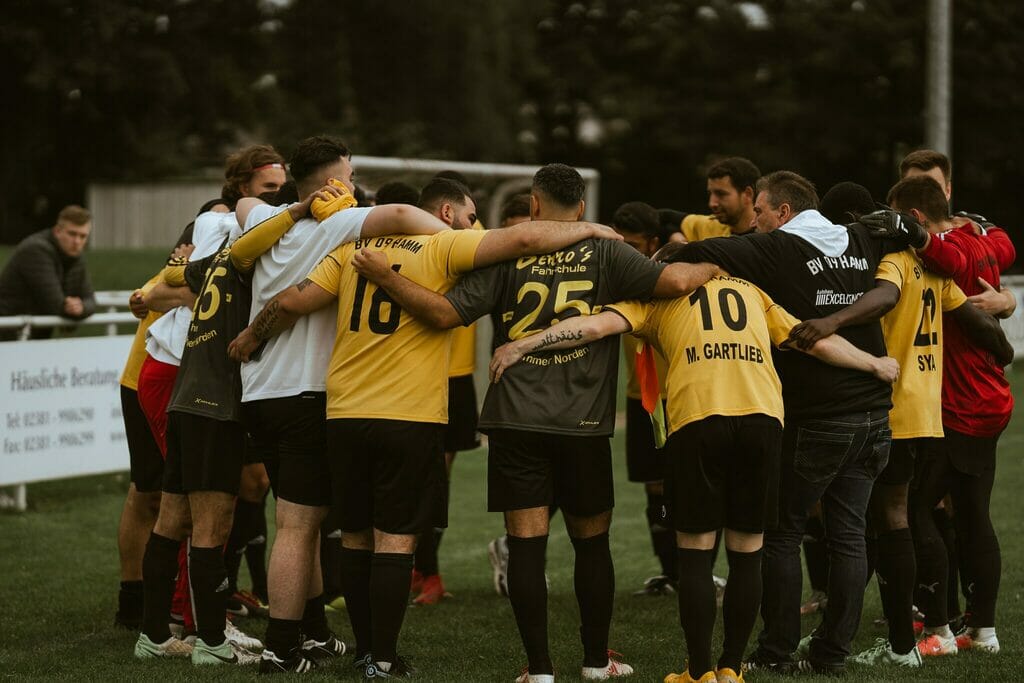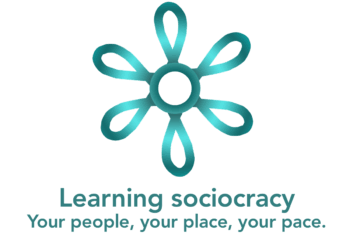Originally published at: https://www.sociocracyforall.org/membership-source-of-clarity/
- Let’s work together! Wait for a second, who decides what?
- Finding clarity together
- Who belongs, and who contributes: what exactly does membership mean?
- Social membership: membership as belonging
- Governing membership: making decisions together
- Membership in sociocracy: clarity and trust around shared aims
Let’s work together! Wait for a second, who decides what?
Have you been attracted to the values that you see in an organization and the people working on that project? Have you tried to connect with friends around those values and the social space created by working on the project together? Have you wanted to identify with these friends and belong to the group with them?
Now, have you ever been working on something with a group of people, and you all had a moment where you wondered who was supposed to be making decisions? How do we know which of us even wants to make these decisions and which of us wants to help perform various aspects of the work involved in our projects?
Finding clarity together
People have been organizing around group belonging and a shared sense of purpose as long as people have gathered together. However, many groups are not fully satisfying to the people who share these values.
This can be caused by a lack of clarity around either:
- Who makes decisions
- Who belongs in the group
Decisions might include:
- Who wants to be in charge of preparing our shared space for use?
- How do we schedule our meetings and events?
- How do we decide if we want to cancel if we don’t have enough volunteers?
- How do we organize gathering and distributing our supplies?
There is an unending stream of important questions. I have felt intensely frustrated when I didn’t know who to turn to for answers, or if other people might be waiting for me to contribute to those answers.

Who belongs, and who contributes: what exactly does membership mean?
What does it mean to say that you are a member of a group or an organization? What does it mean for other people to be members with you? I had a recent case in which I was supporting some friends in implementing sociocracy in a local organization.
I encouraged the people attending one of my first meetings with the group to explore having a membership policy. They expressed fear that creating a list of members would exclude the people who identified with the group but who weren’t present at the meeting. We didn’t decide to establish a membership policy that day. It has continued to be frustrating for me to try to figure out who to gather for meetings and who to ask about decisions.
As I have reflected on the hesitation around creating a membership policy, I noticed that there are two different ideas of membership. Organizational membership can help us know how to contribute, but first, we may need clarity around what we mean by the word membership itself.
Social membership: membership as belonging
For some organizations, it may make sense for them to have multiple concepts of membership that include one that is somewhat open-ended. Perhaps we might call this contributing membership, affiliate membership, or social membership. This type of membership allows people to express that they share the values of the group and want to identify with the organization. Such members probably help with events or projects, even if they don’t currently want to come to meetings or make collective decisions. For example, a community garden might organize regular work parties where contributing members come and tend garden beds.
As another example, an activist group could note that anyone who shows up for a protest and who wants to can simply identify as a member of the group. And then if anyone needs clarification about their level of participation, they can ask: are you a governing member?
Governing membership: making decisions together
Any level of contribution to a collective effort will involve making decisions. Some ways of contributing to an organization involve doing tasks that are part of existing larger projects. Other ways of contributing involve making collective decisions about those projects. This is where membership is valuable as a governing tool.
In the example of a community garden, governing members would organize the work parties. Then they and other contributing members could gather at those parties to play in the soil. Making these collective decisions involves participating in meetings, and generally also involves regular engagement. Not everyone wants to or capacity (at a given time) to participate in this way.
In pickup team sports games, for example, football/soccer or Ultimate Frisbee, we can see that establishing teams is essential. It can happen quickly and easily. It allows us to answer the basic question of who you can pass to, who is playing with you instead of opposing you, or just cheering from the sidelines.

We can adjust membership quickly, for example, if:
- A new person shows up
- Someone needs a break
- We want to re-balance the skill levels of our teams
Membership—and the clarity it provides—are dynamic: the way that we are contributing to an organization can change.
If I am a governing member currently, in the future I could decide to step back and participate socially instead. If anyone is not a governing member currently, they could still contribute that way in the future.
The group that hesitated to adopt a membership policy might benefit from this idea of types of membership. It might ease their tension to include more people in social membership, while also defining who makes decisions.
Membership and the clarity it provides are dynamic: the way that we are contributing to an organization can change.
John Clark
Membership in sociocracy: clarity and trust around shared aims
Sociocracy, a set of tools for sharing power, has many tools regarding clarity of purpose and clarity of membership for organizations. These tools include smaller, linked organizing groups called circles, which have their own membership. Membership in a circle of a sociocratic organization provides some additional clarity.
In a sociocratic organization, consent links your own circle membership and the membership of every other member. I might not have consented directly to another person being a member, but there is a trail of consent that connects us based on our organization’s aims. (Aims are explicit definitions of the work we are doing together). This provides a strong bond of trust that, as mutual members, we are working together on those common aims. A clear understanding of who is in a circle helps us manage expectations around collaboration in that circle
Membership is a key element of sociocratic organizing. We don’t have to be governing members of an organization to benefit from this clarity. If we are not circle members, then we can look for ways to help with tasks and provide feedback.
As social members, we can benefit immediately from a shared sense of purpose, connection, and belonging around a common cause. And if we then find ourselves growing in our desire to contribute to the collective decisions, we can seek to join the governing members. When we become a governing member, we know who the other governing members are who decide with us around the organization’s aims. This clarity grants a great deal of ease and confidence to the work that we do together.



